The American coot (Fulica americana) is a fascinating bird found across North America, known for its unique physical features and interesting behaviors.
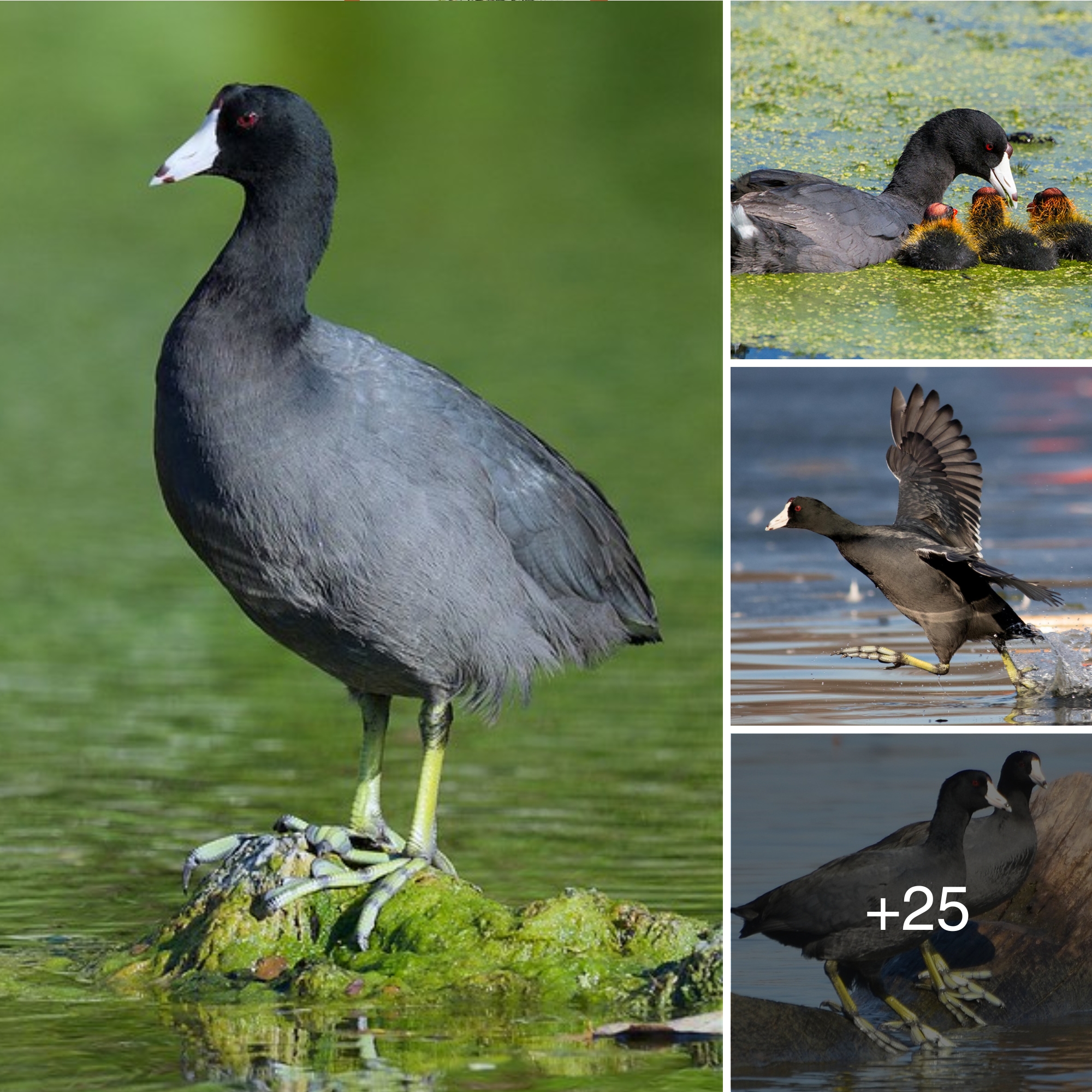
Firstly, American coots are medium-sized water birds belonging to the rail family, Rallidae. They measure about 34–43 cm (13–17 inches) in length and have a wingspan of approximately 58–71 cm (23–28 inches). Their bodies are predominantly dark gray to black with a prominent white bill and forehead shield, which is an ivory color and stands out against their otherwise dark plumage.
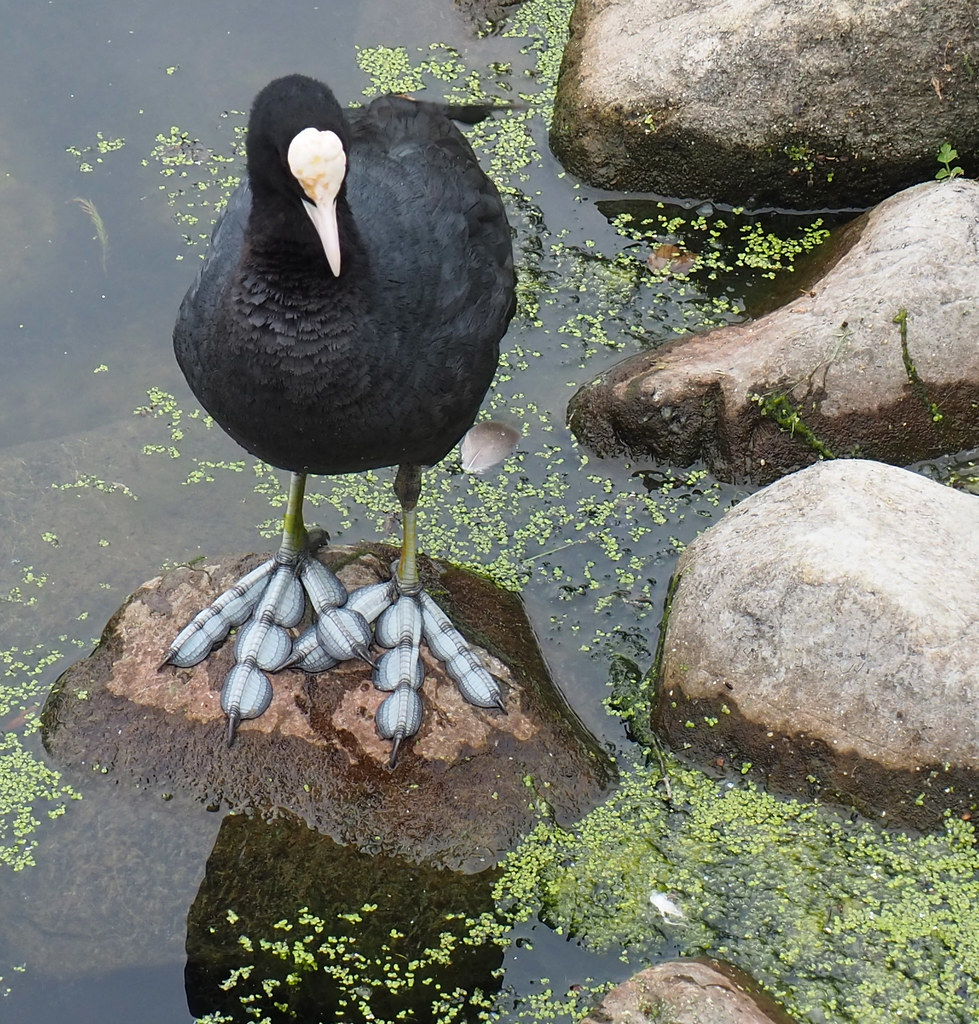
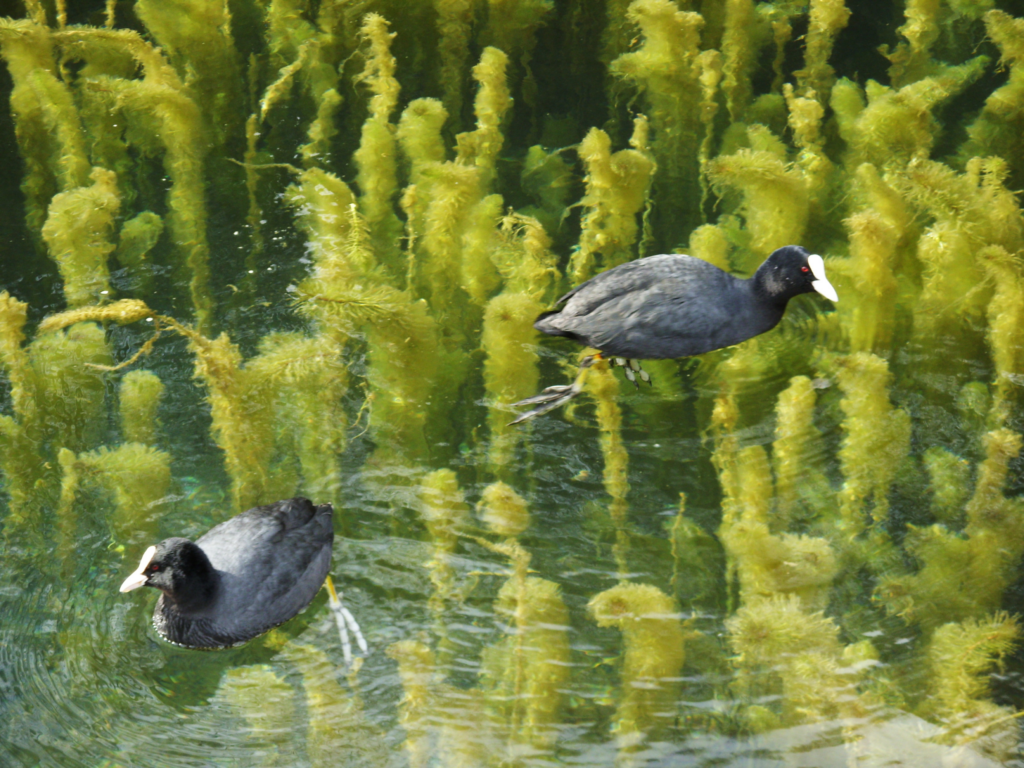
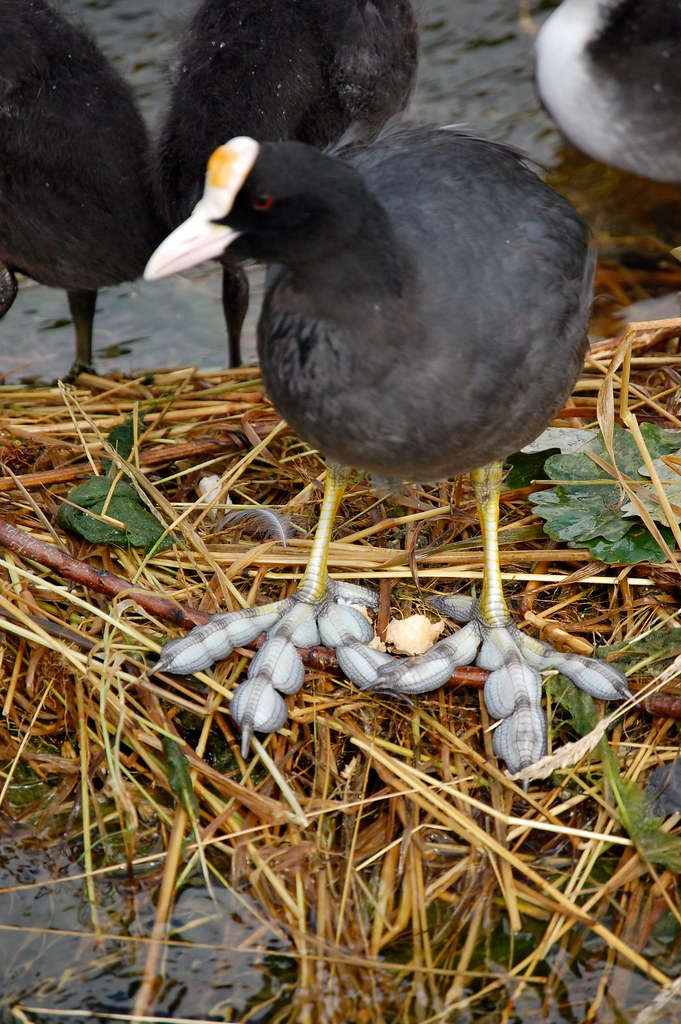
One distinctive feature of the American coot is its lobed toes, which are not webbed like ducks but have broad lobes of skin that help them swim efficiently. This adaptation allows them to navigate through aquatic vegetation and propel themselves through the water with ease.
In terms of habitat, American coots are highly adaptable and can be found in a variety of wetland habitats such as freshwater lakes, ponds, marshes, and slow-moving rivers. They are often seen foraging in shallow water, where they feed primarily on aquatic vegetation, seeds, insects, and small aquatic animals like crustaceans.

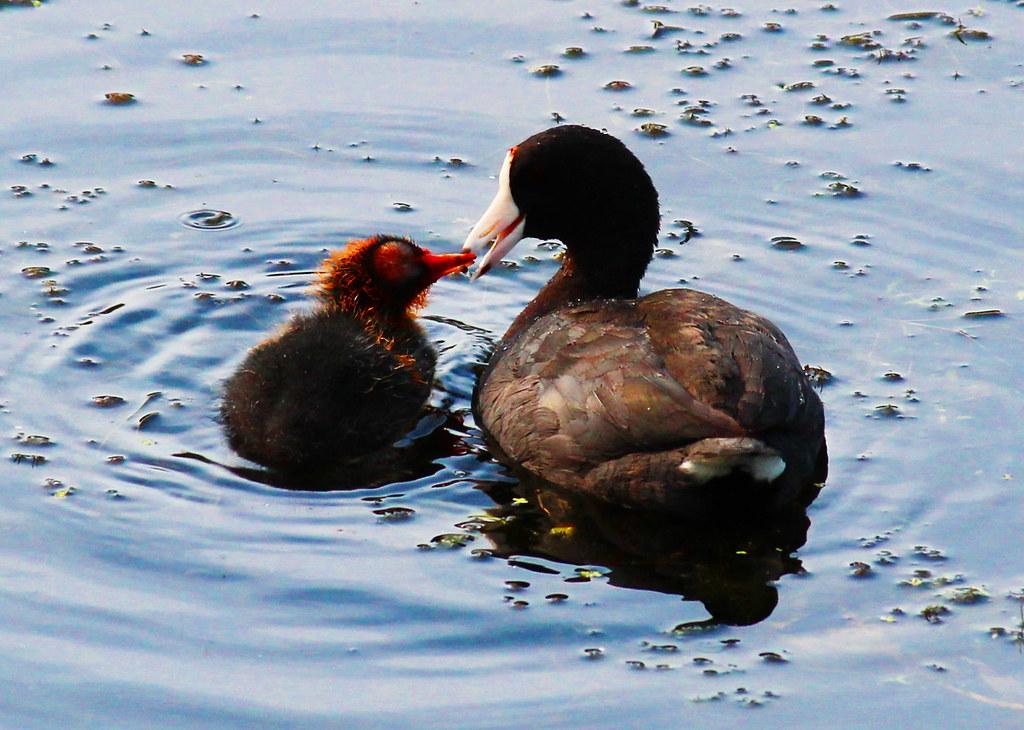
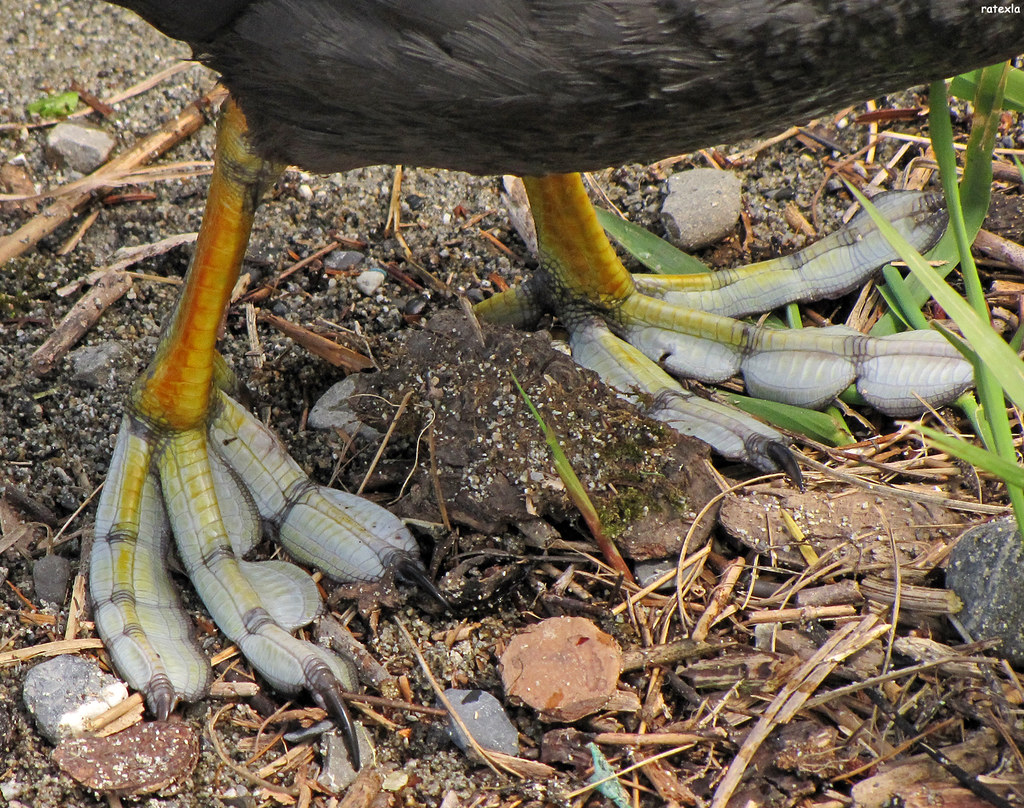

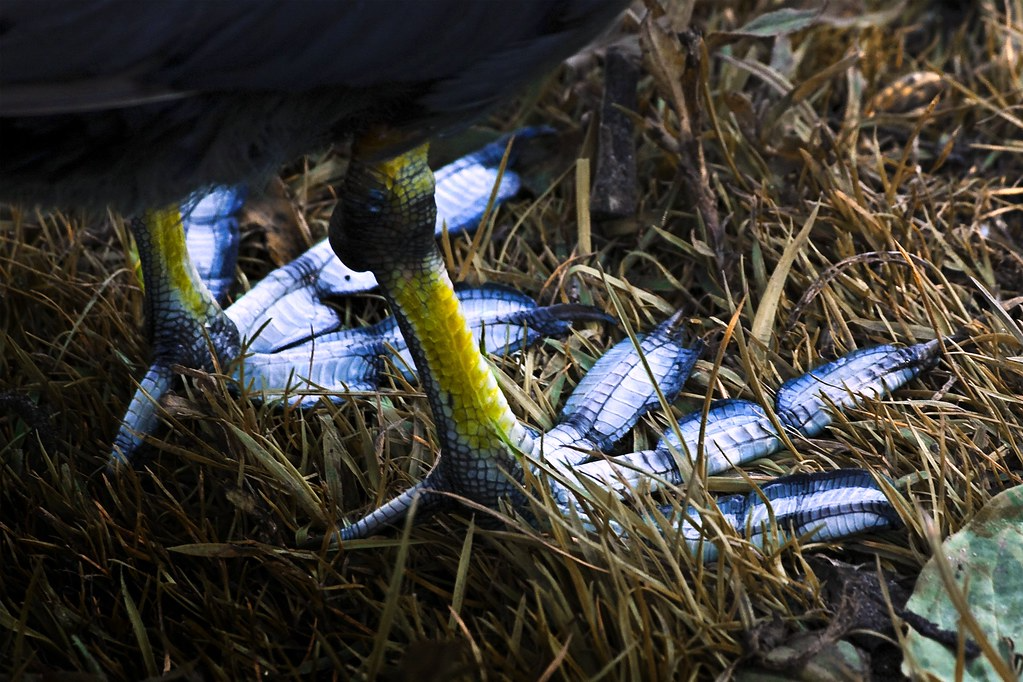
During the breeding season, American coots are known for their аggressive territorial behaviors. They construct nests from vegetation, often in dense emergent vegetation or on floating platforms. The nests are built by both sexes and are composed of cattails, grasses, and other wetland plants woven into a sturdy structure. Interestingly, American coots are monogamous and may form small colonies during the breeding season.